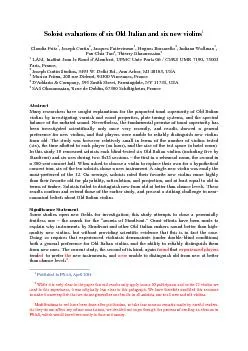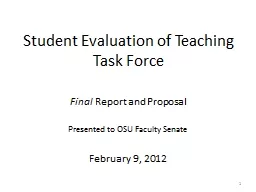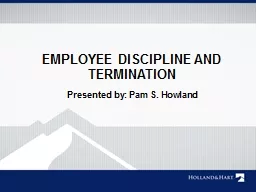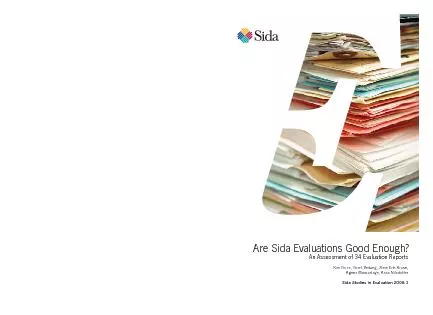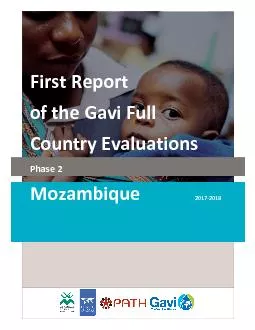PDF-Soloist evaluations of six
Author : tawny-fly | Published Date : 2015-12-03
Old Italian and six new violins 1 Claudia Fritz 1 Joseph Curtin 2 Jacques Poitevineau 1 Hugues Borsarello 3 Indiana Wollman 1 Fan Chia Tao 4 Thierry Ghasarossian 5 1
Presentation Embed Code
Download Presentation
Download Presentation The PPT/PDF document "Soloist evaluations of six" is the property of its rightful owner. Permission is granted to download and print the materials on this website for personal, non-commercial use only, and to display it on your personal computer provided you do not modify the materials and that you retain all copyright notices contained in the materials. By downloading content from our website, you accept the terms of this agreement.
Soloist evaluations of six: Transcript
Download Rules Of Document
"Soloist evaluations of six"The content belongs to its owner. You may download and print it for personal use, without modification, and keep all copyright notices. By downloading, you agree to these terms.
Related Documents

